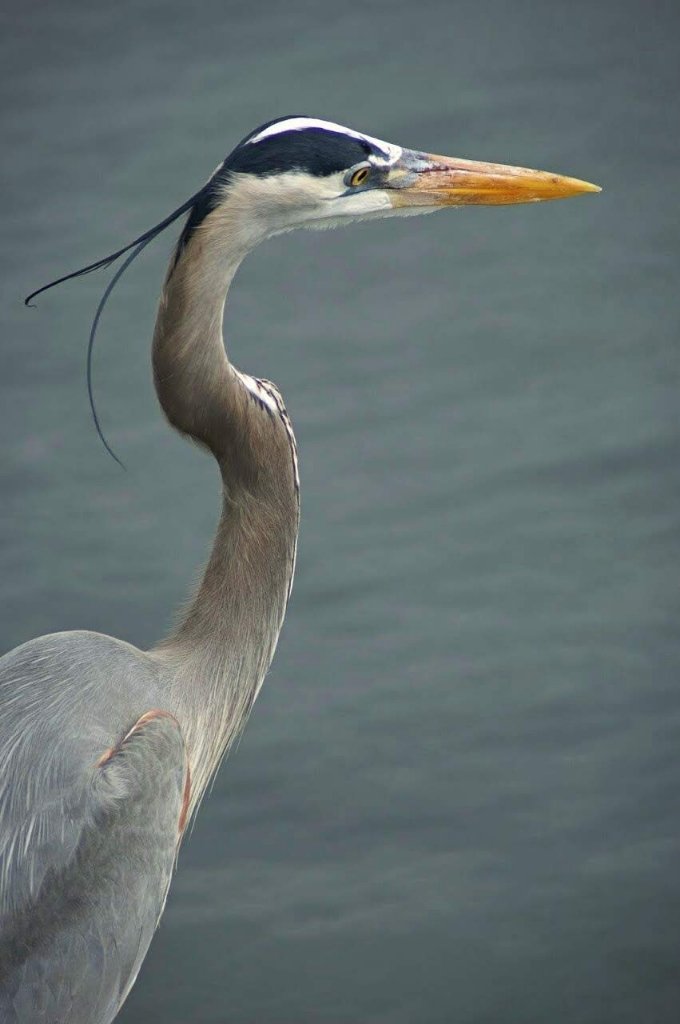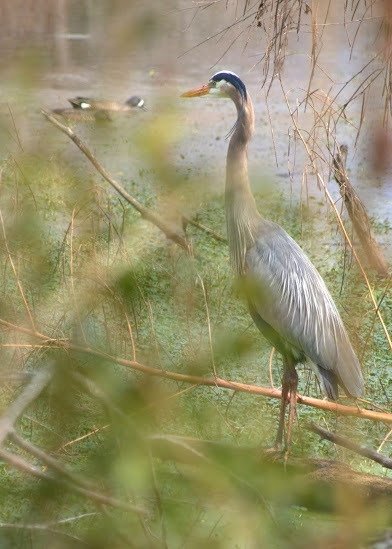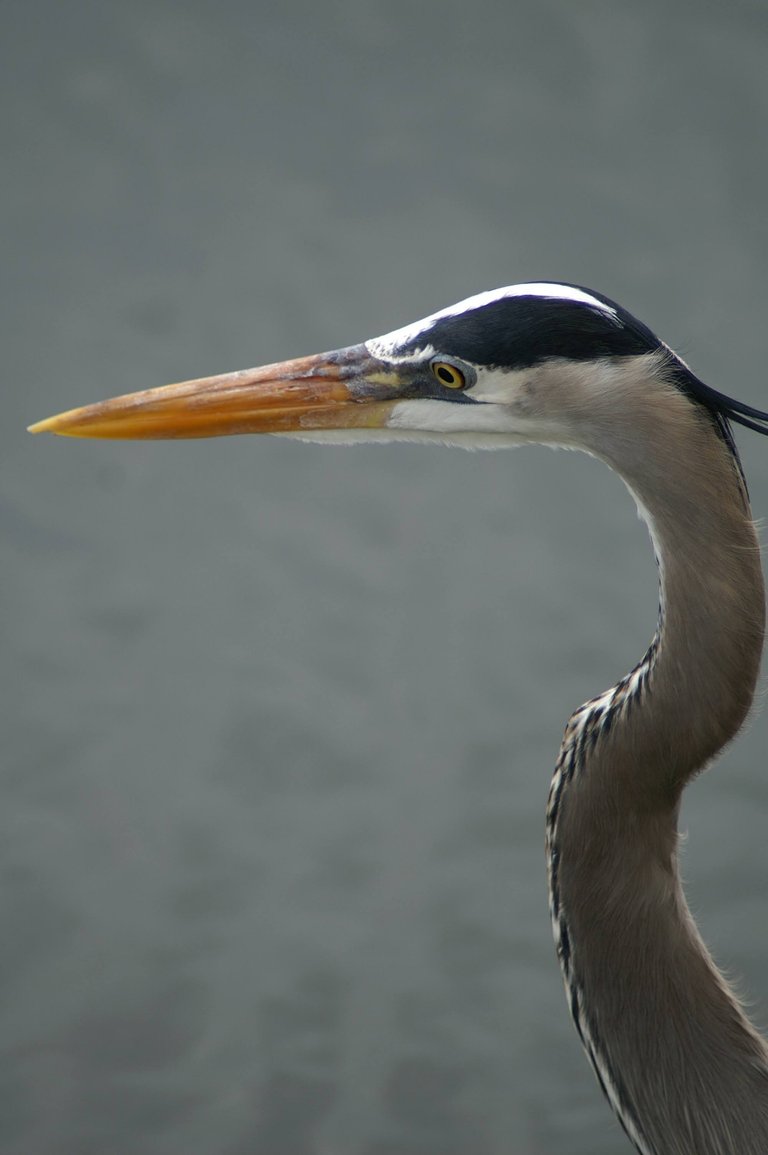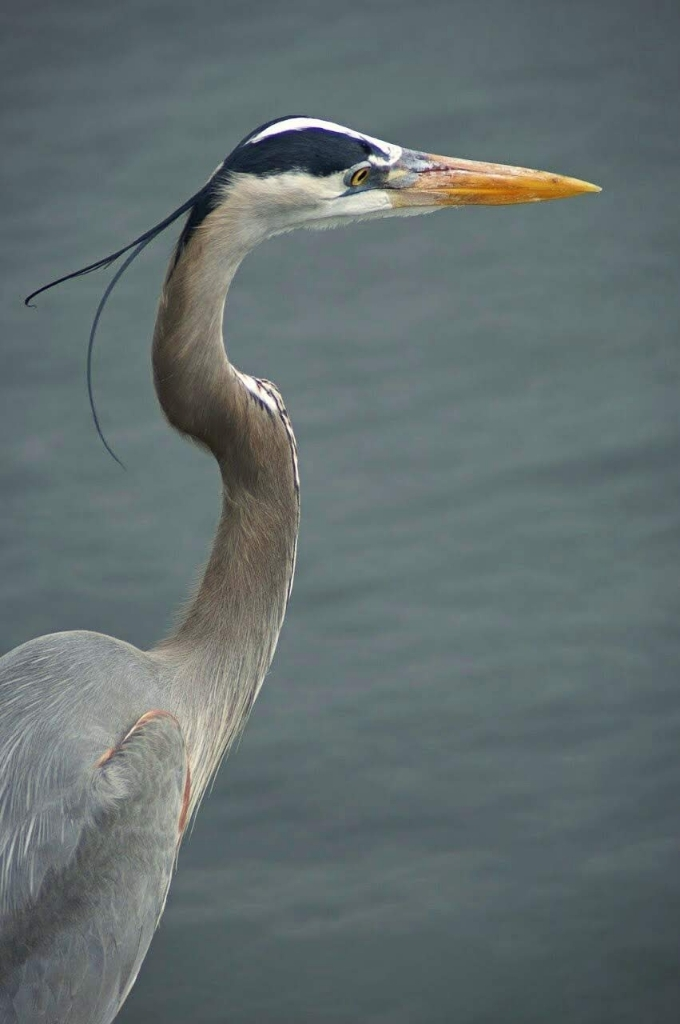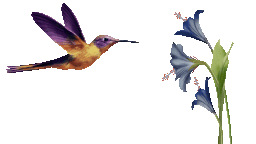Great Blue Herons are the largest heron native to North America.
It stands nearly 5 ft tall with a wingspan of up to 6.5 ft-..... Wikipedia
Breeding birds nest in colonies and this year the heron rookery that is just a short distance upriver from me, has about 25 nests. I haven't been out on the water, but my friend took the photos with her phone from her kayak. She is cautious to stay far back from the nesting site so that she doesn't disturb them.
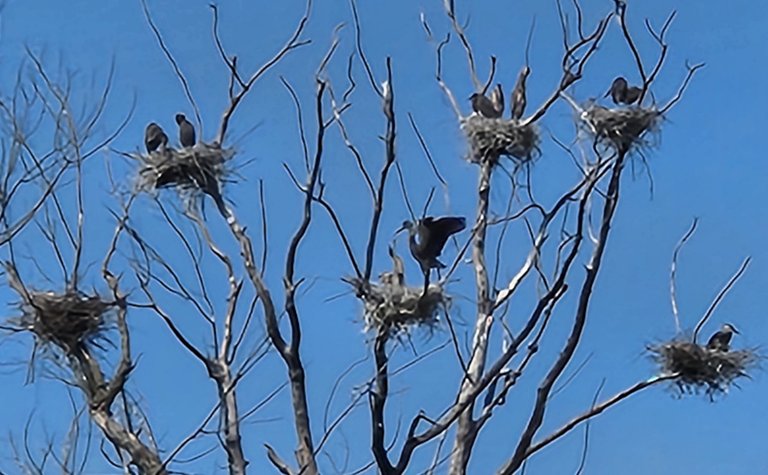
The males gather sticks and presents them to the female who weaves them into a cup like structure that is then lined with pine needles or moss.
The female lays 2-6 pale blue eggs, then both parents take turns sitting on the eggs to incubate them for 4 weeks. After the eggs hatch the parents bring food to the young for two months before the young can fly. They continue feeding the birds for a few weeks after the fledgings leave the nest
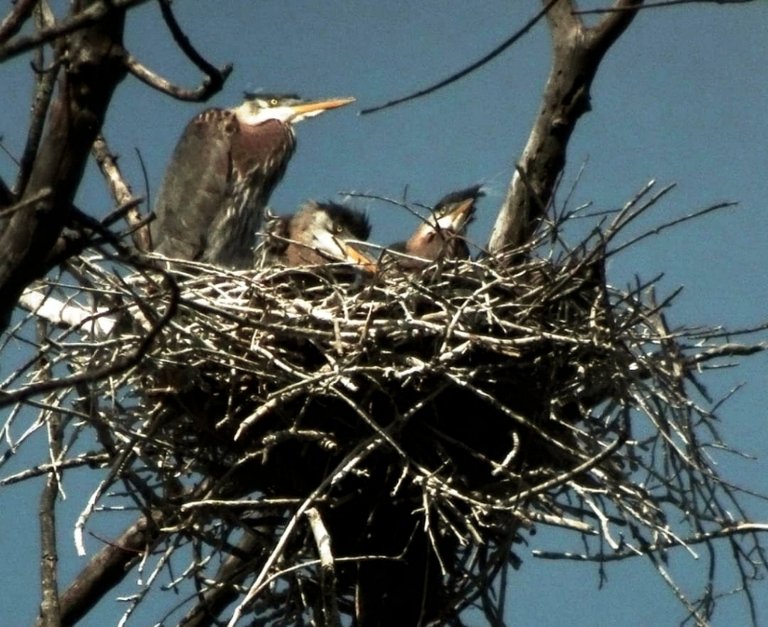

Great Blue Herons will eat almost anything! They hunt by standing still, or slowly walking in shallow water. They use their long, sharp beak to quickly capture fish, amphibians, reptiles, insects, small mammals, birds and crustaceans, and often swallow their prey whole.
These photos were taken this week. I'm looking forward to seeing many more herons around here this summer.

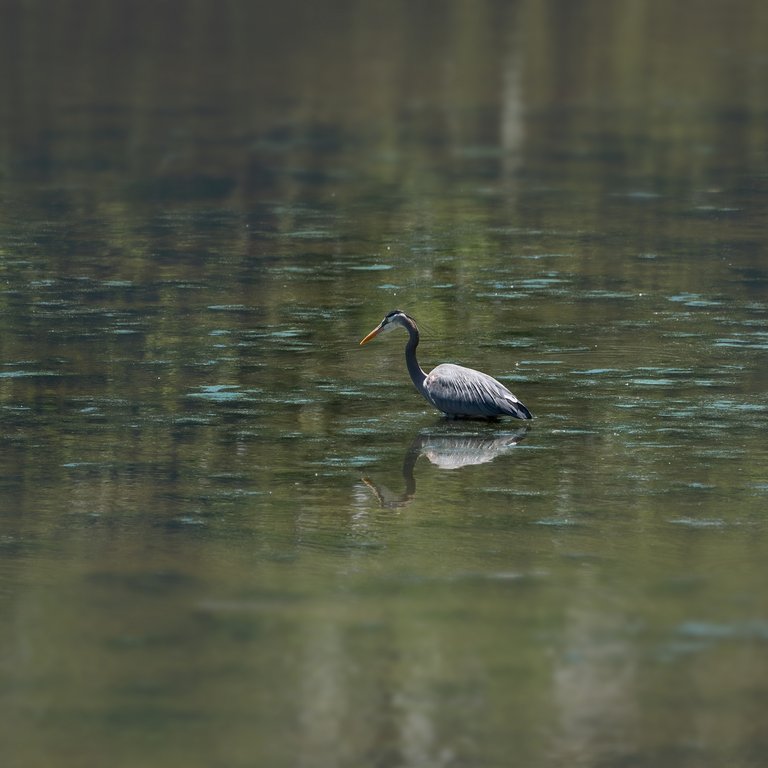

These next 3 photos are from my archives and may have been posted before.
